A new report from the National Renewable Energy Laboratory (NREL) in Golden, Colorado, described how agrivoltaics, the practice of co-locating solar projects with farming and grazing activities, can be a double-edged scythe. One the one hand, developers engaging with the agricultural community can bring more stakeholders onboard during the planning process. On the other, regulations and requirements for implementing agrivoltaics projects can create liability risk, complicating financing efforts.
The report’s lead author, Alexis Pascaris, is a researcher and analyst at NREL. Other NREL researchers and those from the University of Arizona also contributed.
“Further deployment of agrivoltaics is likely to require better understanding of how policies and agreements can shape the outcome of solar siting on farmland,” the authors wrote. “Our findings demonstrate how the policy has mixed effects on deployment processes and outcomes.”
The report is based on an evaluation of agrivoltaics and related policies in Massachusetts. For agrivoltaics to be successful, the report said, it must exist in a policy framework that is supportive of solar development in the first place. Massachusetts has a number of such policies. In 2018, the Massachusetts Department of Energy Resources (MDOER) established the Solar Massachusetts Renewable Target program to promote solar development in pursuit of the state’s goal of deploying 30 GW of solar capacity by 2050. Other enabling policies include renewable electricity standards, feed-in tariffs, solar carveouts, and investment and production tax credits.
A significant challenge, particularly in the Northeast, is finding large enough sites for hosting utility-scale PV arrays, which are the most cost-effective way of achieving deployment goals. Such sites are frequently associated with agricultural activity. The report noted that siting PV projects can be controversial due to community and environmental impacts: “Opposition to solar siting on farmland is prevalent.”
A key tenant of agrivoltaics is engaging with stakeholders early in order to mitigate this opposition. According to the NREL report, however, in practice early engagement often lacks active participation from farm owner operators and agricultural non-governmental organizations (NGOs). As a result, strong participation from the environmental conservation community frames solar development from a strict land preservation perspective, which tends not to be developer friendly.
The report quoted an NGO representative: “When all the new energy stuff was being debated, the agricultural community wasn’t really at the table much. The land protection community and the environmental folks were very much at the table.”
Thus, the act of engagement and opening up the planning process to perceived stakeholders risks establishing an anti-development narrative. In order for agrivoltaics to work as a solar development strategy, the report said, the farm owner operators not only need to be at the table, they need to be clear on why they want a project to move forward.
Successful engagement with farmers can highlight perspectives that solar is an opportunity to recapitalize farm operations and contribute to farm viability. The report noted that some farm owner-operators, particularly in the Northeast, are interested in solar as a “30-year cover crop” to stabilize and diversify their revenue sources, and as a hedge against more permanent types of land development, such as housing.
In this sense, the report said, Massachusetts’ Agricultural Solar Tariff Generation Units (ASTGU) guidelines, created by the MDOER in cooperation with the Massachusetts Department of Agricultural Resources, support agrivoltaics not only by defining tariff adders but by requiring due diligence from solar developers and encouraging farm owner-operator participation. ASTGU also sets out rules related to eligible farmland, acceptable farm plans and site restrictions that can either clarify matters or create roadblocks to development.
All in all, the report concludes, Massachusetts’ experience with agrivoltaics serves as a valuable case study for solar developers. It shows the good, the bad and the unintended consequences of deploying utility-scale solar on some of the last greenfield opportunities in the United States.
This content is protected by copyright and may not be reused. If you want to cooperate with us and would like to reuse some of our content, please contact: editors@pv-magazine.com.
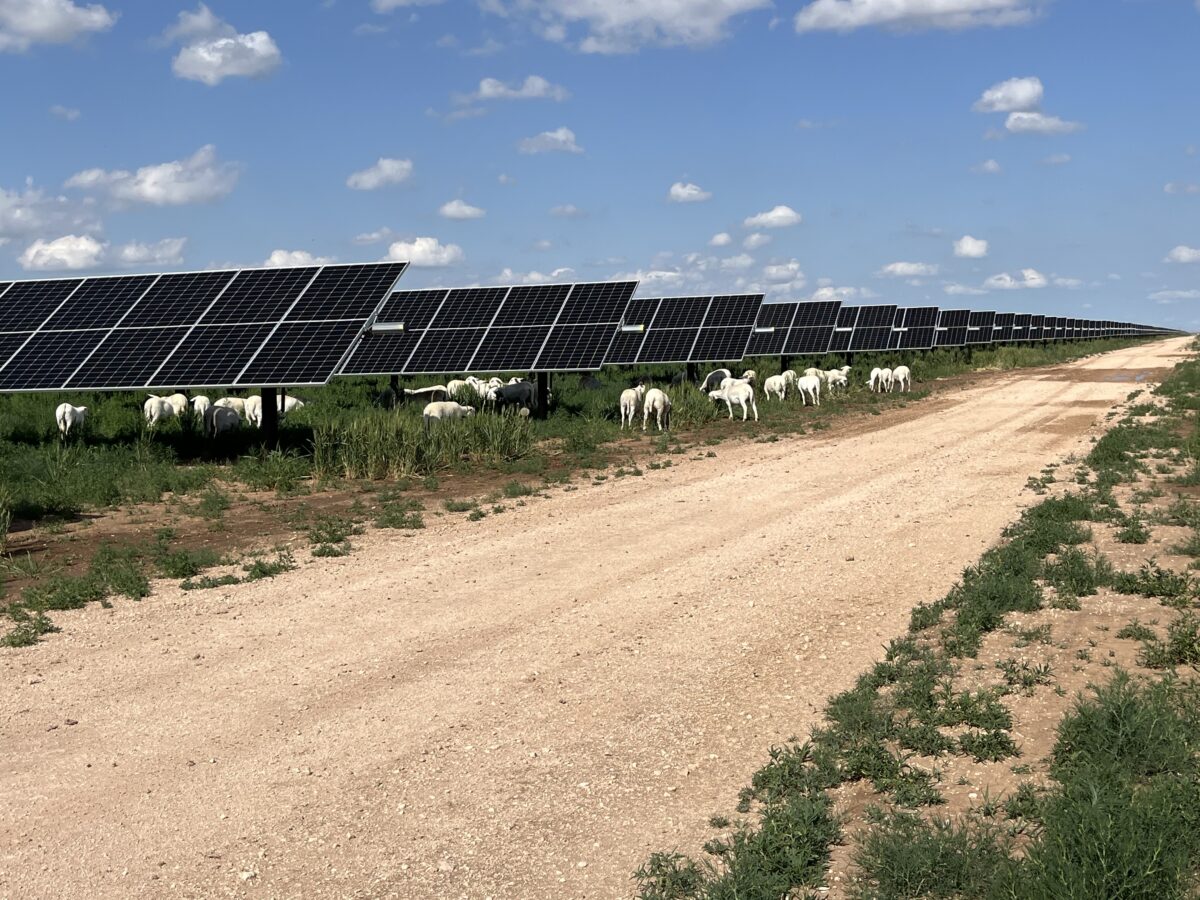
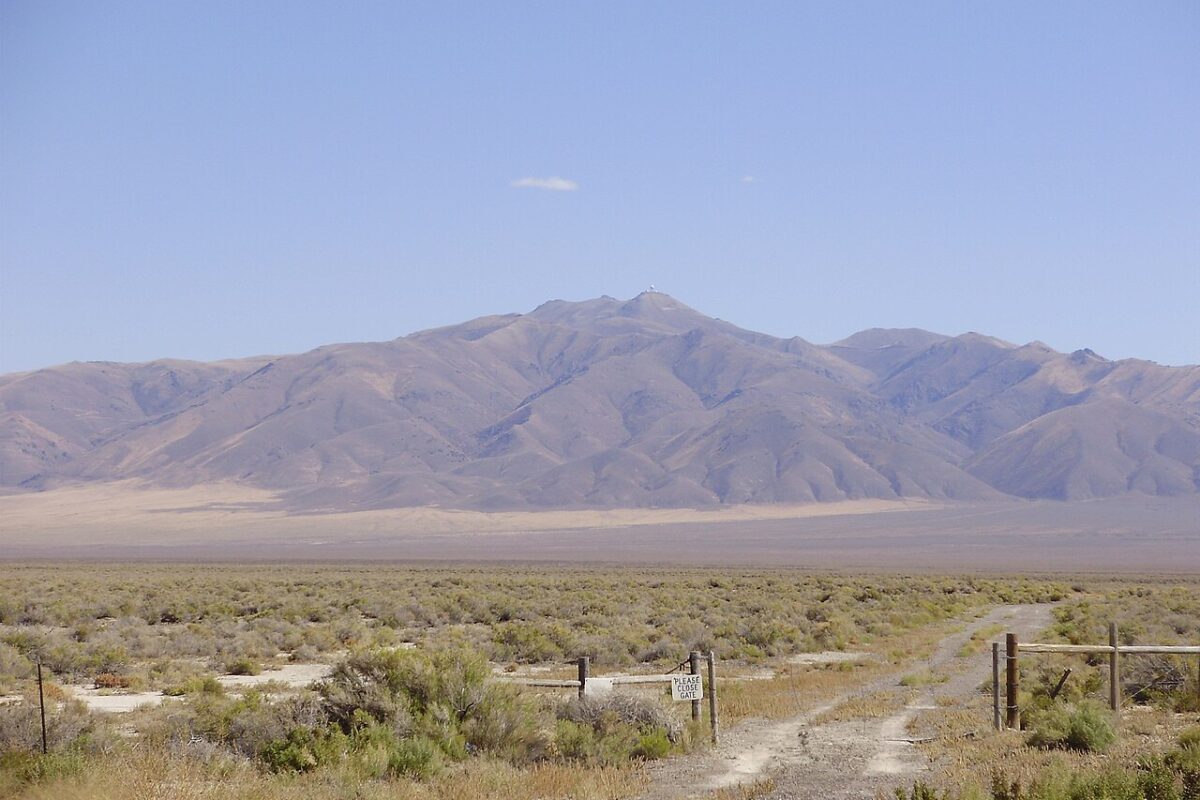


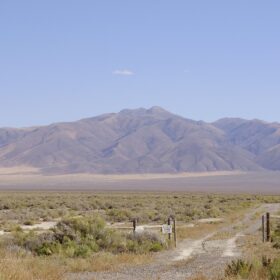

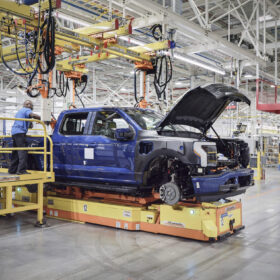
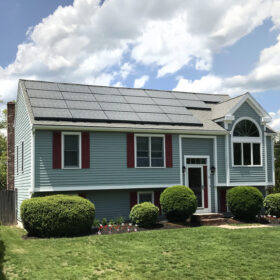
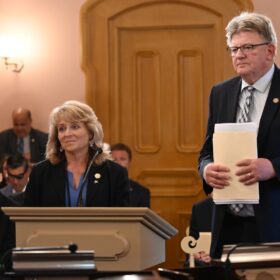
Agrivoltaics are OK, where significant new transmission spending isn’t required to interconnect. But in many communities, behind-the-meter community solar parking lot canopy micro grids, incorporating on-site non-flammable BESS +Vehicle-2-Grid chargers are better long-term investment. No new utility transmission, site acquisition or other site improvement spending required. With community planning support, there are fewer permitting & interconnection delays or armies of litigious NIMBYS.